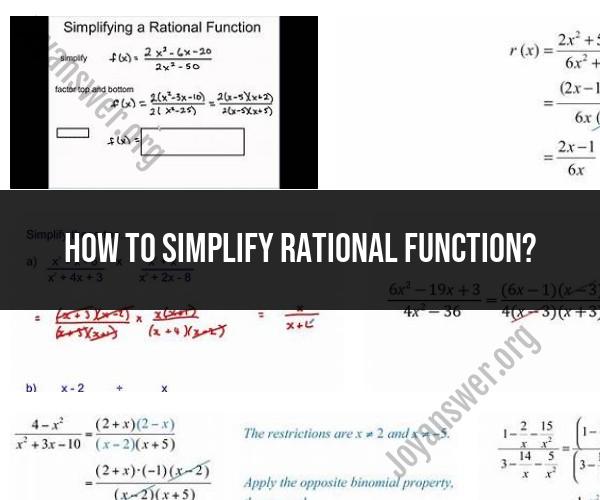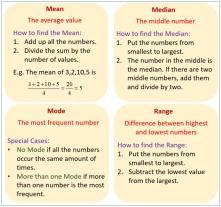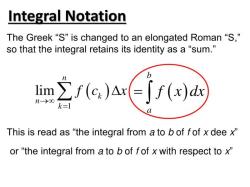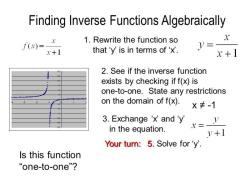How to simplify rational function?
Simplifying rational functions involves reducing them to their simplest form by canceling common factors in the numerator and denominator. Here are the steps to simplify a rational function:
Factor Both the Numerator and Denominator:
Start by factoring the numerator and denominator completely. This means expressing each of them as a product of irreducible factors (prime factors).
For example, if you have the rational function (2x^2 - 8x) / (4x^2 - 16), you can factor both the numerator and denominator:
(2x^2 - 8x) = 2x(x - 4)(4x^2 - 16) = 4(x^2 - 4) = 4(x - 2)(x + 2)
Cancel Common Factors:
Identify and cancel any common factors that appear in both the numerator and denominator. Canceling means dividing both the numerator and denominator by the same factor.
In our example, you can see that both the numerator and denominator have a common factor of 2:
(2x(x - 4)) / (4(x - 2)(x + 2))
Canceling the common factor of 2:
(x(x - 4)) / (2(x - 2)(x + 2))
Check for Additional Simplifications:
- Examine the resulting expression to see if any further simplification is possible. Look for common factors that can be canceled or for other algebraic simplifications.
- In some cases, you may need to simplify further by using techniques such as partial fraction decomposition or simplifying complex fractions.
State the Simplified Form:
Once you've simplified the rational function as much as possible, state the simplified form. In our example, the simplified form is:
(x(x - 4)) / (2(x - 2)(x + 2))
Remember that when simplifying rational functions, you should also consider any restrictions on the domain that result from the simplification. For example, if any factors in the denominator become zero (which would result in division by zero), those values must be excluded from the domain of the simplified function.
Here's a simple example of a rational function simplification:
Original Rational Function: (3x^2 - 9) / (x^2 - 4)
Step 1: Factor the numerator and denominator:
- Numerator: 3(x^2 - 3)
- Denominator: (x - 2)(x + 2)
Step 2: Cancel common factors (3):
- Simplified form: (x^2 - 3) / (x - 2)(x + 2)
This is the simplified form of the original rational function.
Keep in mind that some rational functions may require more advanced techniques, especially when dealing with complex denominators, quadratic expressions, or higher-order polynomials. In such cases, you may need to use methods like partial fraction decomposition to simplify further.
To simplify a rational function, you can follow these steps:
- Factor the numerator and denominator.
- Cancel any common factors.
- If the denominator is still factorable, factor it further.
- Rewrite the function as a quotient of linear factors and constants.
- If the denominator is a quadratic and the numerator is a linear factor, try to divide the numerator by the denominator to get a remainder of 0.
Here are some examples of how to simplify rational functions:
Example 1:
f(x) = (x^2 - 9) / (x + 3)
Solution:
- Factor the numerator and denominator:
(x - 3)(x + 3) / (x + 3)
- Cancel any common factors:
(x - 3) / 1
The denominator is already in its simplest form, so we don't need to factor it further.
Rewrite the function as a quotient of linear factors and constants:
x - 3
- The denominator is a linear factor and the numerator is a linear factor, so we can't divide the numerator by the denominator.
Therefore, the simplified form of the function is x - 3.
Example 2:
f(x) = (x^2 + 5x + 6) / (x + 1)
Solution:
- Factor the numerator and denominator:
(x + 2)(x + 3) / (x + 1)
- Cancel any common factors:
(x + 2)(x + 3) / (x + 1)
The denominator is already in its simplest form, so we don't need to factor it further.
Rewrite the function as a quotient of linear factors and constants:
(x + 2)(x + 3)
- The denominator is a linear factor and the numerator is a quadratic, so we can try to divide the numerator by the denominator to get a remainder of 0.
(x + 2)(x + 3) = (x + 1)(x + 2) + 2
Therefore, the simplified form of the function is x + 1 + 2 / (x + 1).
These are just two examples of how to simplify rational functions. There are many other techniques that can be used, and the best technique to use will depend on the specific function.













